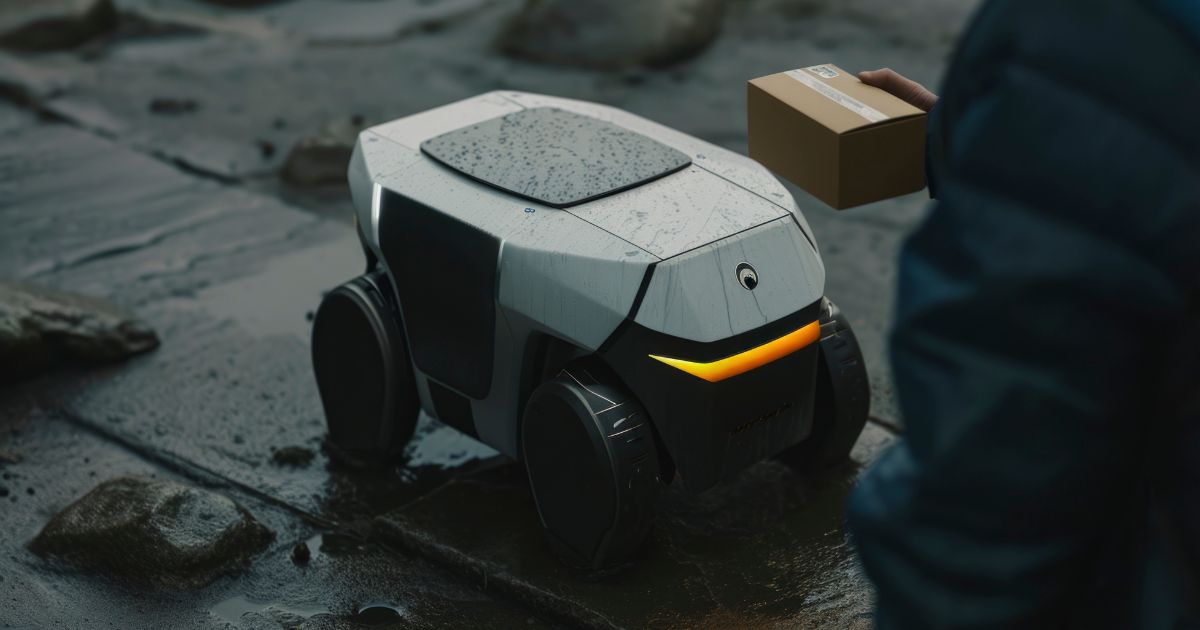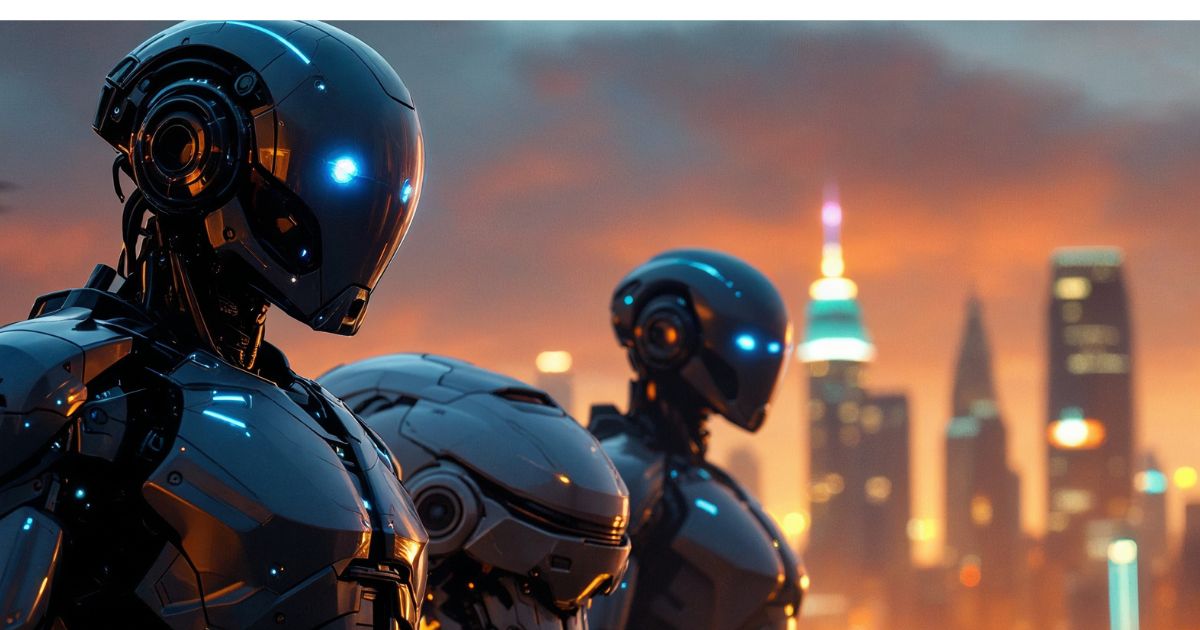
Security has always been a vital component of human society. From ancient watchmen on city walls to today’s networked surveillance systems, our methods of protecting people and property have constantly evolved. This transformation is driven not only by emerging threats but also by technological advancements that shape how we perceive and implement security strategies.
Over the last decade, a new frontier has emerged: robotic security systems. These intelligent machines are redefining how physical spaces are monitored and protected. This article explores the journey from traditional security models to robotic autonomy and how robotics is transforming the way organisations approach security in public, private, and industrial environments.
The Foundations of Physical Security
For centuries, the cornerstone of physical security was human intervention. Guards were tasked with patrolling premises, checking credentials, responding to alarms, and maintaining a visible deterrent against crime. The human presence offered familiarity, adaptability, and authority.
However, this model came with limitations:
- Human error and fatigue can compromise performance
- Coverage limitations due to physical constraints
- Recurring labor costs, including training and scheduling
- Exposure to hazardous conditions, especially in remote or industrial areas
As threats evolved in complexity and scale, organisations sought tools that could supplement or enhance human performance.
The Era of Surveillance Technology
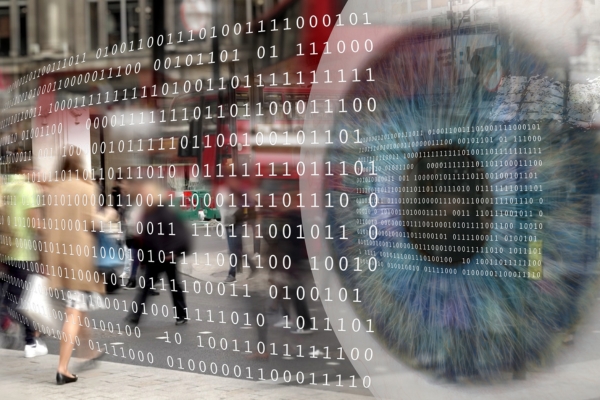
The 20th century ushered in a wave of innovations in electronic security. CCTV cameras, infrared sensors, alarm systems, and access controls became common in commercial and public facilities. These technologies introduced several benefits:
- 24/7 video recording and evidence gathering
- Motion-triggered alerts for unauthorized access
- Integration with remote monitoring centers
Despite these advances, most systems remained passive. They required human oversight for decision-making, interpretation, and response. Surveillance could detect but not react.
Bridging the Gap: Intelligent and Autonomous Systems
With the rapid growth of artificial intelligence (AI), machine learning, and robotics, security technology began shifting from reactive to proactive models. Today’s robotic security systems are capable of real-time threat detection, autonomous navigation, and data-driven decision-making.
These systems bring together multiple technologies:
- LIDAR for spatial awareness and mapping
- Thermal imaging for low-light or obscured environments
- Computer vision for object, face, and behavior recognition
- AI algorithms for pattern analysis and anomaly detection
- Autonomous mobility for uninterrupted patrol and coverage
This integration allows robotic systems to not only detect security issues but also respond either by alerting human teams or initiating automated protocols.
The Key Advantages of Robotic Security
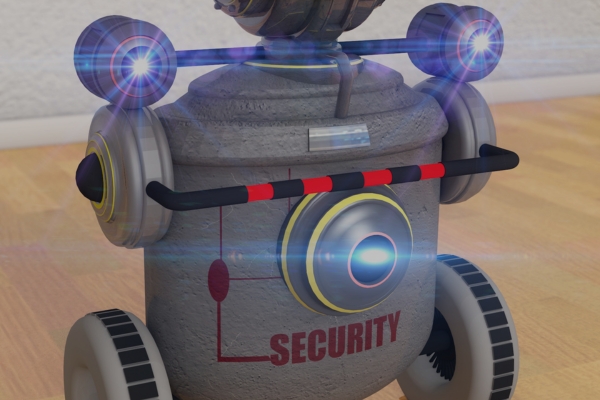
The shift toward robotic security is not simply about replacing human guards; it is about augmenting security operations with scalable, intelligent tools. Here are some notable advantages:
1. Continuous Operation
Robots are not bound by shifts, fatigue, or distraction. They can operate 24/7 without breaks, delivering consistent performance in any environment.
2. Advanced Threat Detection
Equipped with AI and real-time data processing, robotic systems can identify suspicious behaviour, unauthorised access, and environmental anomalies even those imperceptible to human observers.
3. Cost Optimisation
While initial investment in robotic systems may be significant, they often reduce long-term operational costs by minimizing the need for a large human workforce and reducing incident response times.
4. Improved Safety in Hazardous Conditions
Robotic systems are particularly valuable in environments that are unsafe or difficult for human patrols such as large industrial zones, remote facilities, or areas with chemical or fire risks.
5. Actionable Data Collection
Modern systems record and store comprehensive data: video footage, temperature readings, movement patterns, and access logs. This data can be used for incident investigation, compliance audits, and strategic planning.
Use Cases Across Industry Sectors
Robotic security solutions are gaining traction across various industries and public domains. Below are a few sectors that have found significant value in these systems:
| Sector | Use Case |
|---|---|
| Industrial Facilities | Equipment and perimeter monitoring, off-hours patrols |
| Smart Cities | Crowd management, incident detection, and public safety patrols |
| Logistics & Warehouses | Tracking access points, securing loading zones, real-time threat alerts |
| Healthcare Facilities | Managing restricted areas and screening visitors |
| Energy & Utilities | Monitoring remote substations, preventing unauthorized access, thermal scans |
| Corporate Campuses | Parking lot security, access control, visitor screening |
The adaptability of robotic systems makes them suitable for both indoor and outdoor use, as well as for integration with broader enterprise security infrastructures.
Integration, Not Replacement
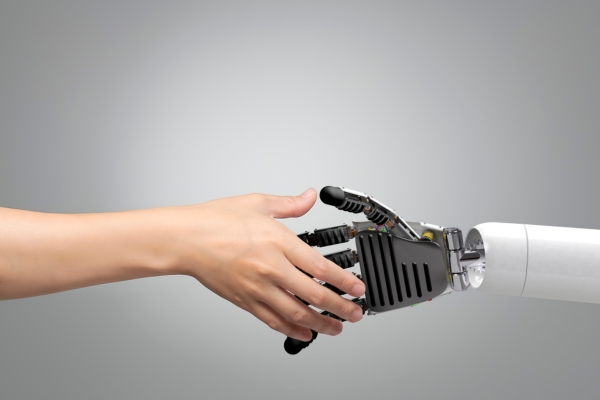
It’s important to understand that the transition toward robotic security systems does not need to be abrupt or total. Many organizations are taking a hybrid approach, where robots work alongside human guards.
This model enables:
- Smarter resource allocation, freeing up human personnel for complex decision-making or high-touch responsibilities
- Increased efficiency, as robots handle repetitive or wide-area patrols
- Better incident response, with robots acting as early detectors and first responders
Over time, this blended strategy can enhance coverage, reduce incidents, and improve security metrics without displacing existing teams.
Addressing Common Concerns
As with any emerging technology, robotic security brings some challenges and misconceptions that deserve attention:
- Privacy: Security robots are often equipped with cameras and sensors, raising concerns about data collection. Transparency and compliance with data protection regulations are essential.
- Cybersecurity: As network-connected devices, robots must be safeguarded against hacking or remote tampering. Strong encryption and regular updates help mitigate these risks.
- Public Perception: Organizations may need to build public awareness around the role of robots to avoid discomfort or confusion among employees and visitors.
Effective communication, governance policies, and secure system design can help address these concerns and build trust in robotic solutions.
The Future of Robotic Security
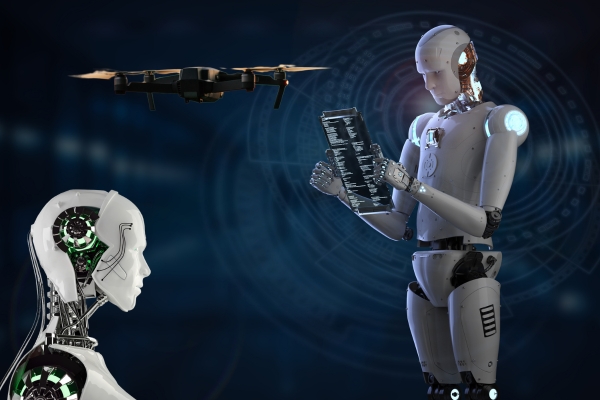
The evolution of robotic security is still unfolding. As machine learning and AI improve, robots will become increasingly autonomous, adaptive, and collaborative. Some developments on the horizon include:
- Swarm robotics: Coordinated patrols using multiple robots working together
- Integration with drones: Ground and aerial surveillance for complete spatial coverage
- Predictive analytics: Identifying potential threats before they occur based on historical data and behavioral patterns
- Natural language processing: Enabling robots to interact with people in real-time using speech
As adoption grows, standards and best practices will likely emerge to ensure safe, ethical, and effective deployment across industries.
A Glimpse Into Implementation
Organizations exploring robotic security systems should start by assessing current vulnerabilities, patrol coverage gaps, and operational challenges. A phased rollout, beginning with high-risk areas or after-hours patrol can provide measurable benefits while maintaining control over the transition process.
Customizing the robotic platform to suit specific environmental conditions, such as indoor navigation, weather resistance, or terrain challenges, is key to success. It’s also helpful to ensure interoperability with existing security tools like surveillance software, access control systems, and emergency protocols.
For broader context, this article from International Security Journal offers valuable insights into current trends and innovations in robotic surveillance systems.
A Natural Next Step
The transition from traditional guards to robotic systems reflects a broader shift toward automation, intelligence, and efficiency in security operations. As the demands on physical security grow, so does the need for reliable, scalable, and data-driven solutions.
Organizations that embrace this change early will not only improve their security posture but also gain access to valuable insights and operational efficiencies. Robotic security systems are not just a replacement they are an enhancement, designed to complement human expertise and modernize how we protect what matters most.
Robotic solutions are becoming more adaptable and accessible across industries. For those ready to explore what’s next in security innovation, learning more about the potential of intelligent systems is a practical first step. If you’re considering how robotic technologies can fit into your operations, visit our homepage to discover more.

